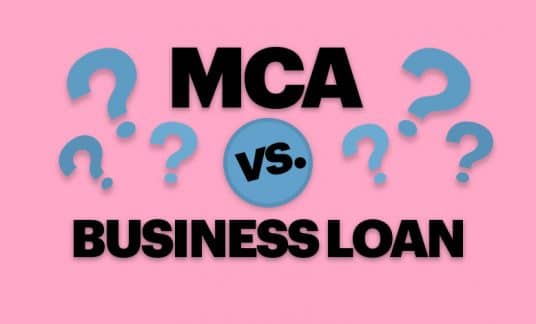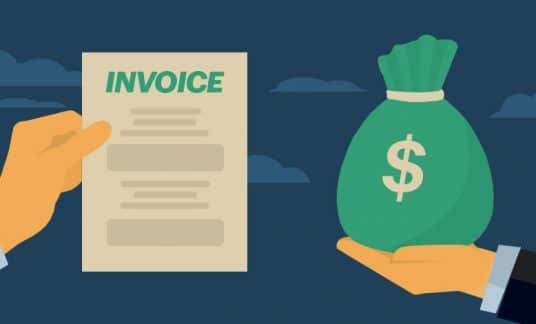Following the proper press release format is key to crafting an effective media pitch and helps to generate good publicity for your small business.
Let’s go through the elements of writing a press release, and we’ll show you examples of good press releases to help you create your own templates and to capture the attention of your target media outlets.
What Is a Business Press Release?
A press release is a clear, concise and engaging document featuring newsworthy developments in your company.
Press releases are meant to attract and engage various news outlets or journalists, bloggers, vloggers, etc.
The most effective press release format includes the following information:
- Who is generating the news (e.g., your company)
- The announcement
- Any pertinent dates
- How things will change based on this news
- Why journalists and their audiences should care
- Contact information
Why Should My Business Send a Press Release?
A successfully engaging business press release sparks a mutually beneficial partnership: The media outlet gets material, and your small business gains publicity and the credibility that comes from third-party coverage.
Also, note that press releases are journalists’ preferred method of news delivery from businesses and other organizations. According to the 2018 Cision State of the Media Report report, nearly half of responding journalists (44%) said press releases are their most trusted source of brand information.
When it comes to additional benefits from press releases, your business can also get an SEO boost from the backlinks in your online coverage. News websites, blogs and videos can include links to your business in the content, which contribute to higher search engine rankings.
However, simply writing a press release doesn’t guarantee news coverage — you have to make sure the subject is notable. The following are some instances where a press release is warranted:
- New or expanded product lines or services
- Merging with or buying an existing business or partnering with another business on a significant project
- Hosting community or charity events
- Receiving awards
- Changes in ownership or leadership or reorganization
- Grand openings or shuttering your business operations
Proper Press Release Format
Headline
Your headline is your first — and often only — chance to get your recipients’ attention.
Keep the following press release best practices in mind to craft an effective headline:
- Keep headlines short. Social Media Today recommends keeping them to 100-110 characters, maximum, and front-loading keywords.
- Be upfront with your press release’s purpose. Whether it’s announcing a development, answering an industry question or trumpeting a solution to a common problem, put your news in the headline.
Here’s a press release example with a headline that works:
Time (Optional: Location)
Your press release template should include a place where you can include the date and time when your announcement goes into effect. Add a note if your information is embargoed until a particular time or date.
You should also include any applicable location-specific information, known as the “dateline.” Put it in a press release, for example, if it reports the opening of a new brick-and-mortar store.
Lede
The lede — journalism jargon for the sentence or paragraph that contains a story’s key aspects — tells your audience why the news you’re sharing is relevant to them.
If the first paragraph of your press release doesn’t answer, “Why should I care?” your pitch can hit the digital trash pile.
This preliminary information includes surface-level data — the “who,” “what,” “where,” “why” and “when.”
Body
In your press release structure, the body is where you contextualize the issue and further explain the value to your audience. The body of your press release is meant to close the loop that its headline and lede opened in your reader’s mind.
The best press release format features body paragraph(s) that include:
- A detailed explanation of your announcement
- Any numbers, studies or other evidence to back up any claims
- Quotes from experts, stakeholders and other trusted industry sources supporting the press release’s statements
Here’s a press release example of body copy:
Boilerplate
The boilerplate is where you include essential information about your company.
Key pieces of information to include in your boilerplate:
- Name
- History (e.g., years in operation, founding location, areas of operation, etc.)
- Accomplishments (e.g., sales numbers, awards, etc.)
Boilerplates are a standard part of all press release formats, so your readers will typically scan this section to get an idea of who your company is (that is, if they’ve never heard of you).
Press Contact
The end of your press release should include information your readers can use to get in touch with your organization.
Typically, this is presented as a call to action.
The contact person is usually your media coordinator or PR representative — or whoever assumes these responsibilities within your organization.

Press Release Best Practices
1. Identify Your Specific Business Goals
Identifying your business goals before writing a press release is essential. It will help you set your press release format and keep your focus.
Before getting started, answer, “What do I hope to gain?”
Are you:
- Trying to spread awareness of your brand’s new offerings?
- Hoping to generate more business in a specific geographic location?
- Looking to build (or rebuild) your brand’s reputation in some way?
2. Target Best-Fit Outlets
With so many outlets and different ways your customers consume the news, you could get overwhelmed by the options. We recommend focusing on the “right” outlets for your brand to help you achieve your business goals.
Consider a variety of factors, such as:
- The outlet’s delivery method (print, online, TV, radio, etc.). Does your press release include photos or video to enhance your news? Make sure your targeted media sources can incorporate these features.
- Whether the outlet is local, regional or national
- Audience size
- Audience demographics
- The outlet’s reputation
The goal is to connect with a well-known and respected entity to effectively deliver your brand’s news to the intended audience.
3. Write for Your Intended Audiences
You have two intended audiences when creating a press release:
- The target journalist or publication (your audience for the news brief)
- The journalist’s or publication’s audience (your target customers)
Some news organizations or other media outlets could publish your press release as-is, so make sure it’s written to also appeal to and be understood by a non-journalist audience.
While your press release should engage targeted journalists, it should also include relevant information to your target customers.
-
Sample Press Release Template
If you need additional guidance with your press release format, you can find sample templates online at Prowly.com, JotForm and TemplateLab, among other websites.














